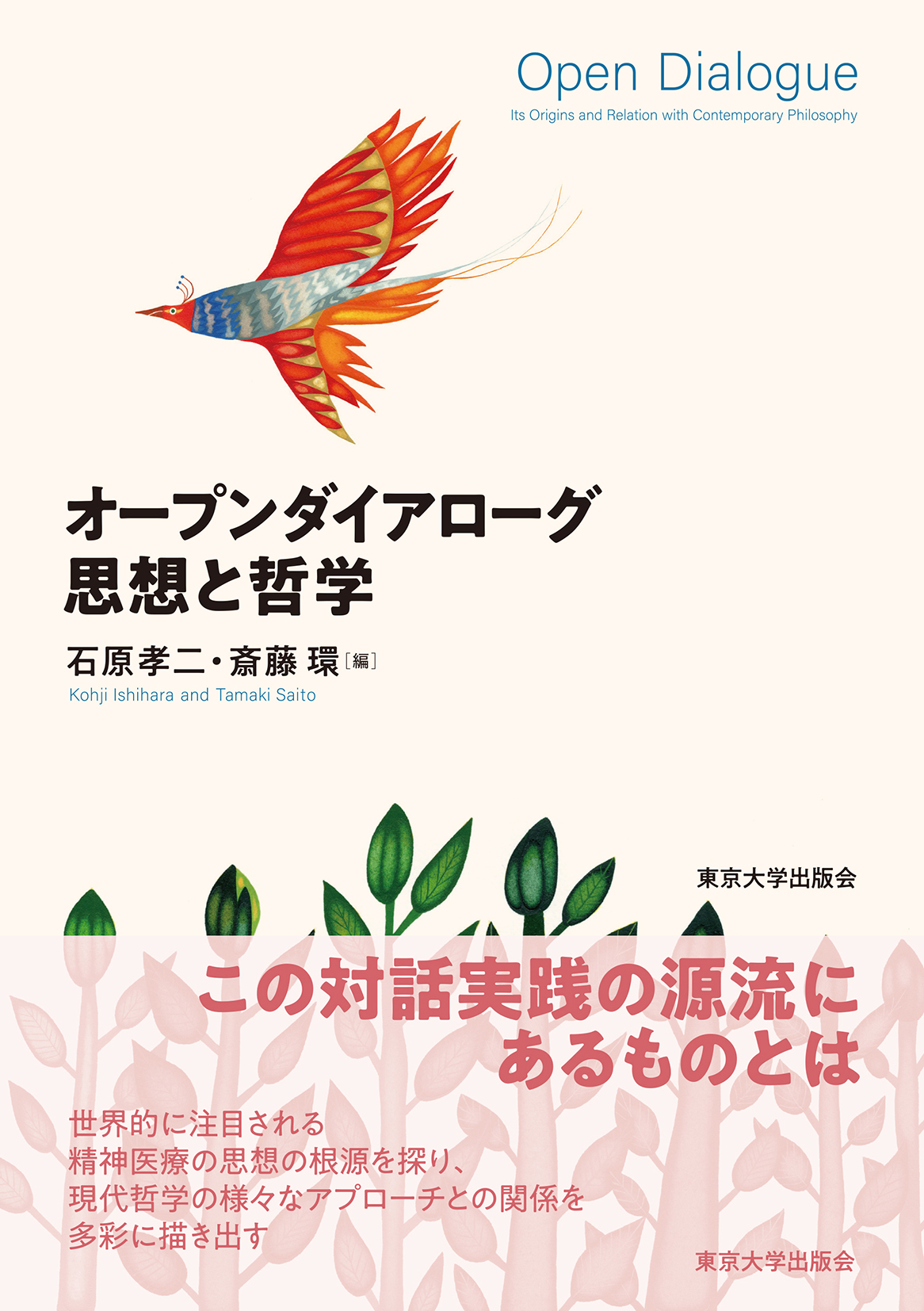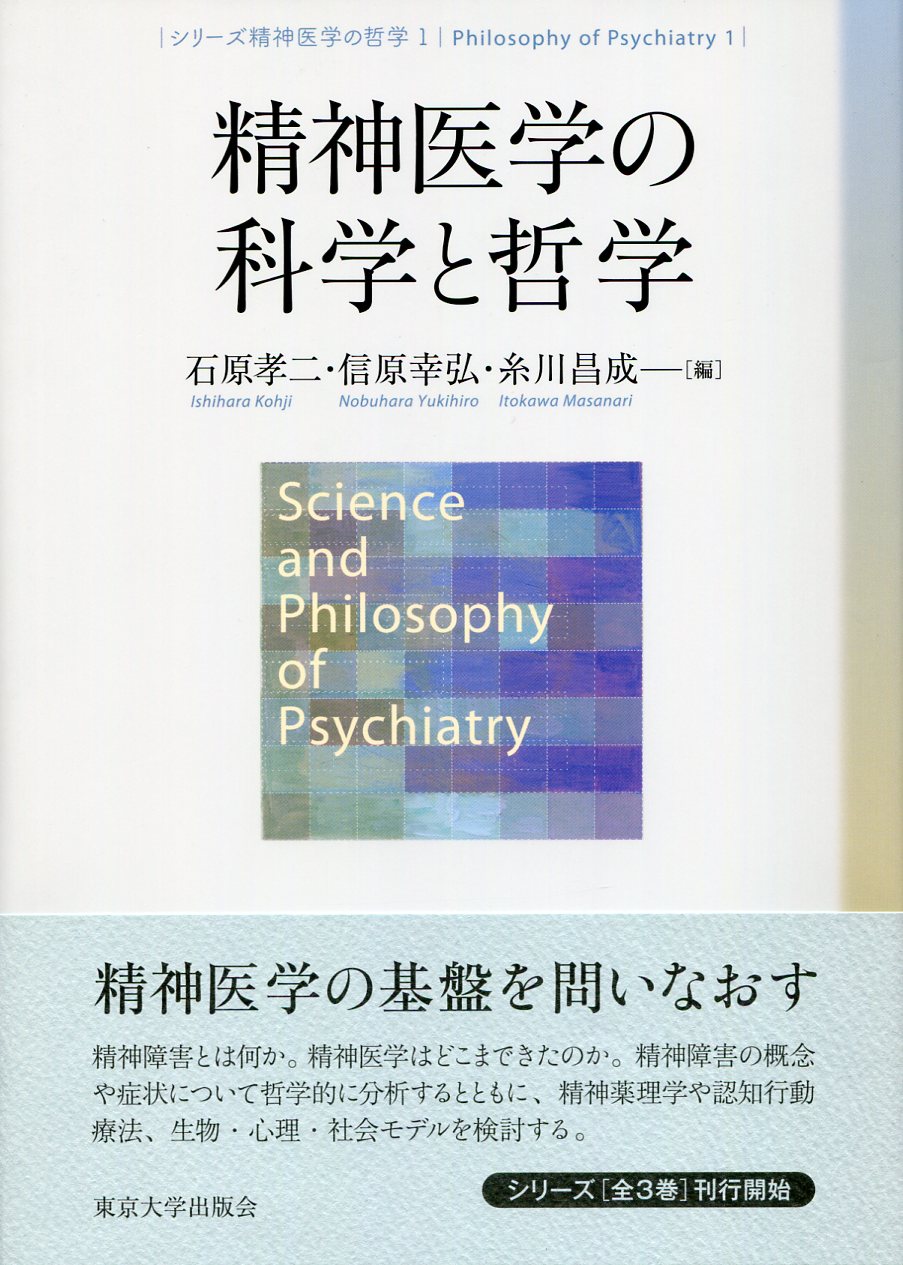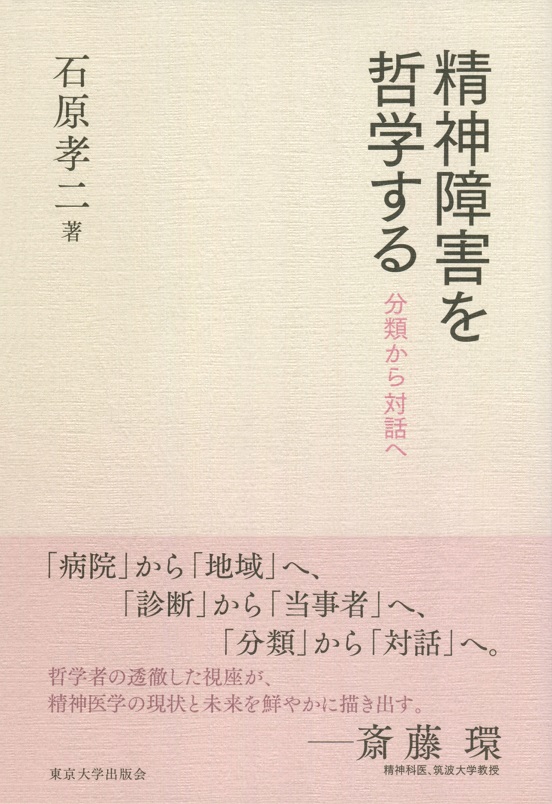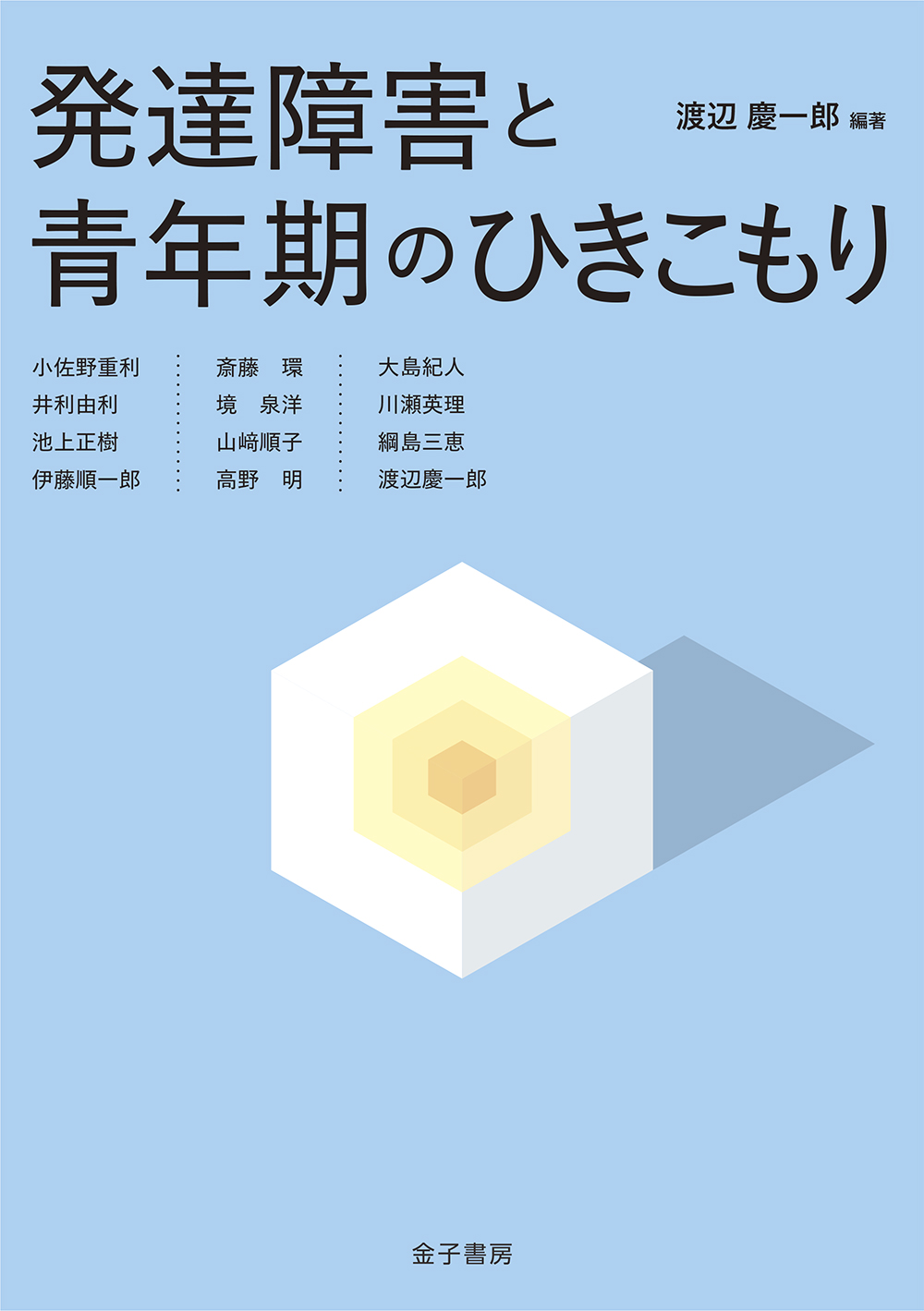
Title
Open Dialogue, Shisō to Tetsugaku (Open Dialogue - Its Origin and Relation with Contemporary Philosophy)
Size
200 pages, A5 format
Language
Japanese
Released
March 28, 2022
ISBN
978-4-13-060414-7
Published by
University of Tokyo Press
Book Info
See Book Availability at Library
Japanese Page
Open Dialogue is an approach to community mental health care which was developed in Western Lapland, Finland. (Western Lapland is not an official geographical name, but a common English name for the mental health care area which occupied the south western part of the province of Lapland in Finland, which correspond to the Finnish part of the Lapland region spreading in Sweden, Norway, Finland, and Russia.) Open Dialogue was developed in 1980s and 1990s in this area which then had over 70000 population (now over 60000 population). It has attracted worldwide attention in recent years for its emphasis on “social network perspective,” avoiding hospitalization and medication as much as possible, putting dialogue at the heart of treatment, and positive results shown in long-term follow-up studies. The approach was developed against the backdrop of the deinstitutionalization policy in Finnish mental health care since 1980s, incorporating ideas of various approaches to mental health care and family therapy, such as Need Adaptive Treatment and Narrative Therapy, as well as social constructionism and Bakhtin's dialogism. This book aims to explore origins of such ideas of Open Dialogue and discuss its relationship with modern various approaches in philosophy. This book is paired with Open Dialogue. Introducing Its Dialogical Practice and Care System into Japan (University of Tokyo Press) which was published at the same time. The latter book discussed the systems which support the practice of Open Dialogue and introduces various movements toward its introduction in Japan.
This book consists of two parts. Part 1,“The origins of thought of Open Dialogue” summarizes basic features of Open Dialogue and elucidates relationships between Open Dialogue and Need-Adapted Treatment, the Collaborative Approach, Bateson, narrative approaches, Tom Andersen’s reflecting, Bakhtin’s thought, and others. Part 2, “Open Dialogue and Contemporary Thought and Philosophy” discusses the relationships between Open Dialogue and Lacanian psychoanalysis, Guattari, phenomenology, philosophical dialogue, philosophy cafés, and Levinas.
The authors of chapters in this book have backgrounds in philosophy, cultural anthropology, sociology, and psychiatry (psychiatrist), and from their perspectives, they delve into the philosophy and thought of Open Dialogue, in comparison with other closely related approaches and ideas. Although many books on Open Dialogue have been published in Japan (few books on Open Dialogue have been published out of Japan), this book is the first on the subject of philosophy and thought of Open Dialogue. I hope that the book will be read by those who want to discuss origins of thought of Open Dialogue and those who want to think about the meaning of Open Dialogue from a philosophical perspective.
(Written by ISHIHARA Kohji, Professor, Graduate School of Arts and Sciences / 2023)



 Find a book
Find a book




